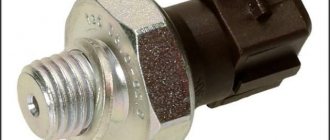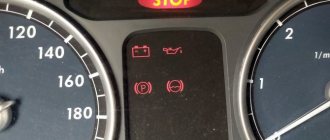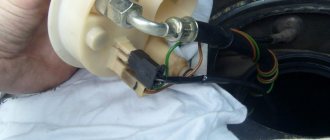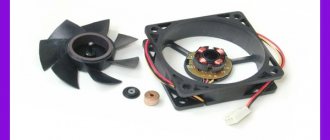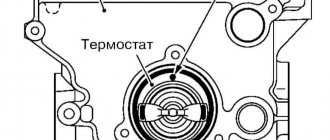Author: Evgeny Zhivoglyadov. Date of publication: June 22, 2022. Category: Automotive equipment.
Tire pressure sensors have long ceased to be a fashionable device. For a modern driver, this is a de facto must-have (necessity), especially when operating a car in winter. This is confirmed by the trend of standard installation of such control systems on all imported medium and premium class vehicles.
In a new expensive car, an air pressure check sensor is already present or installed as an option. Owners of domestic “horses” or budget models can take care of having a useful gadget on their own. The modern automotive electronics market offers a lot of universal solutions, including the radio frequency electronic intelligent autonomous system (Tire Pressure Monitoring System, or TPMS for short). Wheel pressure controllers are in the highest demand.
What does TPMS give to the driver?
- The ability to quickly respond to a puncture.
- Save fuel by maintaining an effective pressure level.
- Peace of mind for not checking the wheels before driving (when starting the engine, the controllers will automatically detect qualitatively significant minimal losses in air pressure in the tires).
What causes the TPMS fault light to come on?
Literally tpms is tire pressure monitoring system (tire pressure monitoring system) and there can be several reasons for this error:
- The pressure of one or more wheels has dropped;
- One or more tire pressure sensors in the wheels is faulty.
Even with a pressure difference of 0.1 atm in the wheels, the TPMS fault sensor should light up on the dashboard, so before all procedures, first check the pressure in the wheels!
The tire pressure can be checked without a pressure gauge, using the program and the Elm 327 scanner version 1.5, then I will show you how to do this...
Mechanical sensor
Such devices are considered the simplest. Depending on the tire pressure, the car owner will see multi-colored indicators - green, yellow or red.
When purchasing a sensor, it is important to know the recommended tire pressure. The design of these elements is very simple. Before driving, the driver just needs to walk around the car and inspect the sensors - if the mark is green, then everything is fine. If the color is yellow, it means the pressure has dropped by 0.5 atmospheres. If it is red, you cannot continue driving without inflating the tires. In this case, the pressure dropped by one or more atmospheres.
How to find a faulty TPMS tire sensor?
To get started you need the following:
- If you don’t have an ELM 327 adapter (scanner), purchase it: a) link 1; b) link 2;
- Android phone + hobdrive program (free version), but not from the playmarket, namely for Avanta.
Install the program on your smartphone, launch it, connect to the scanner and first go to the hobdrive settings:
To do this, first click screens, then settings:
Select “Vehicle parameters”: Go to “ECU settings”: You need to select Hyundai Avante MD 1.6 GDI ECM+AT+TPMS+OBD: Now click OK, OK - thereby saving the settings.
The next step is to set the TPMS tire sensor settings, go to the settings and click “TPMS Settings”: And indicate “No or built-in TPMS”: Done, the program is configured! Now, to find out the current tire pressure , click “Screens” - “Tire pressure” and see an approximate picture: Already in this picture it is clear that the TPMS malfunction indicator is on due to a non-working or broken front left wheel sensor - its pressure and temperature are not visible !
You can also view information on the sensors, it is located in “Screens” - “TMPS Info”:
Done, “the culprit has been found”!


